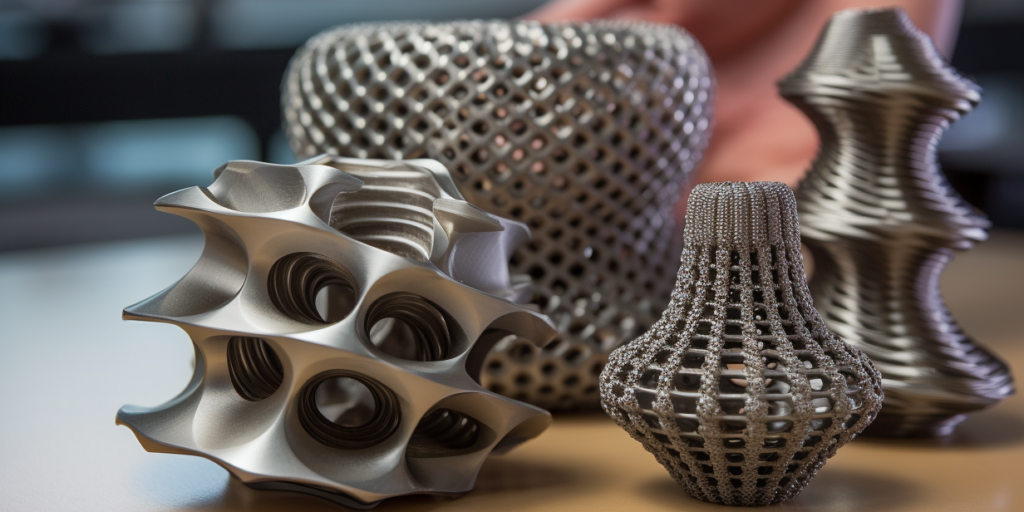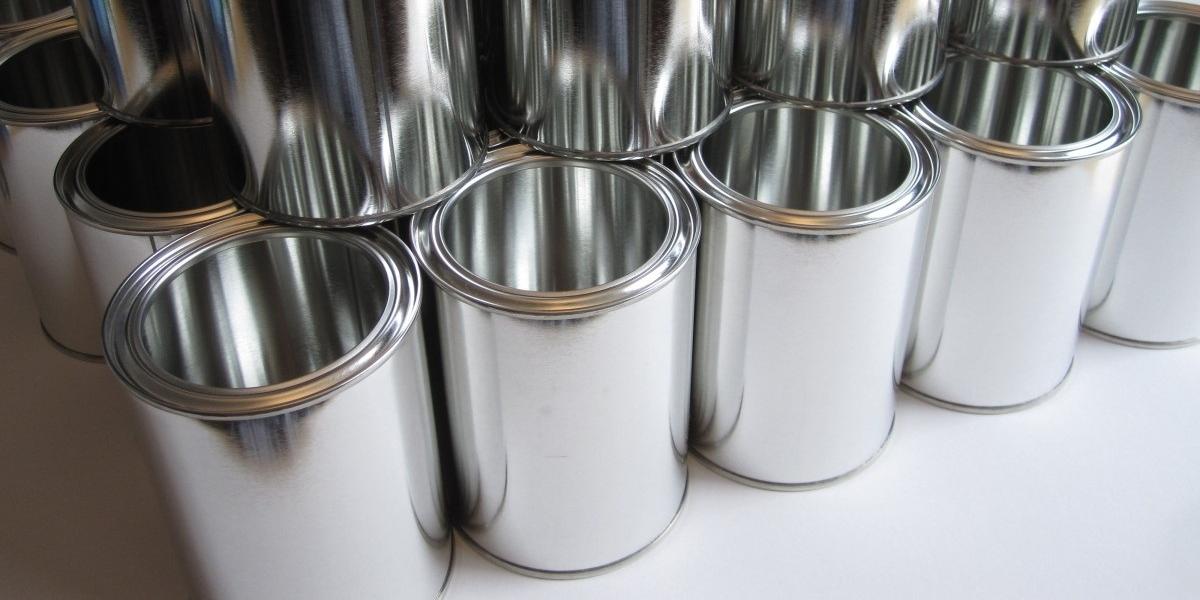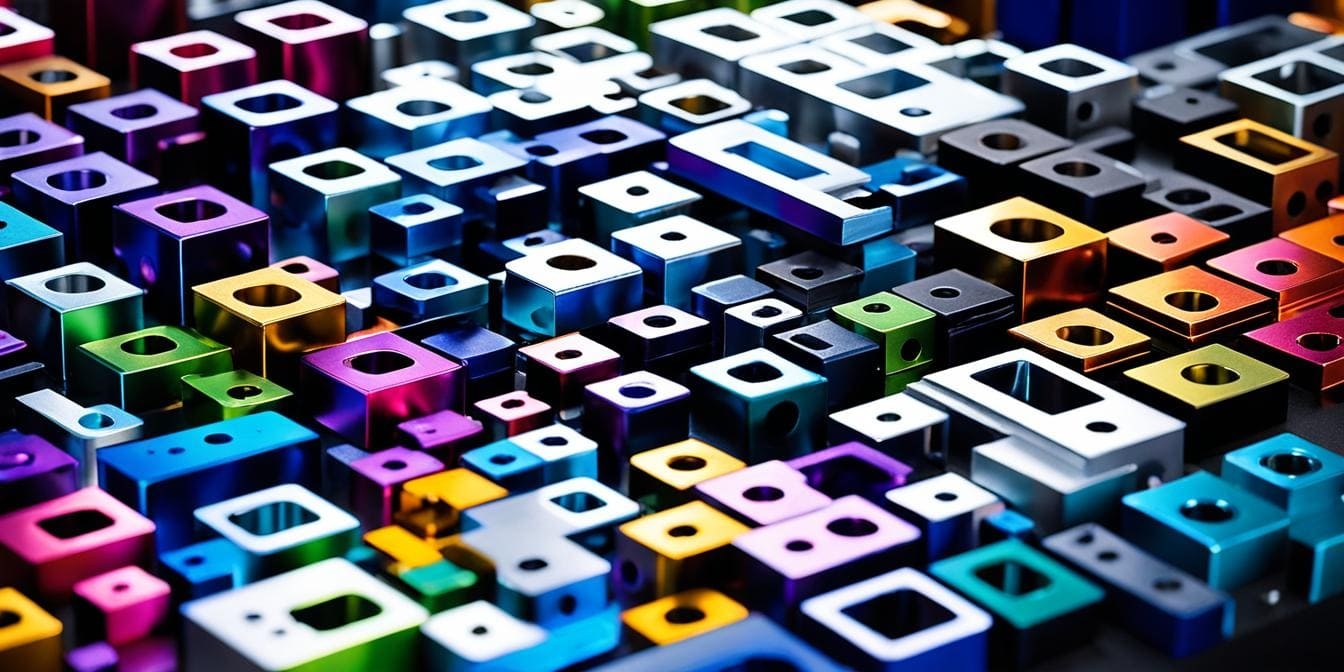Thermoplastic rubber is a material widely used in industrial manufacturing due to its rubber-like and thermoplastic properties. But how had it been made? What are its advantages and disadvantages compared with other materials?
This article will lead you into its world and find the answer to these questions.
If you are interested in other branches of TPE, please follow this article.
What is Thermoplastic Rubber?
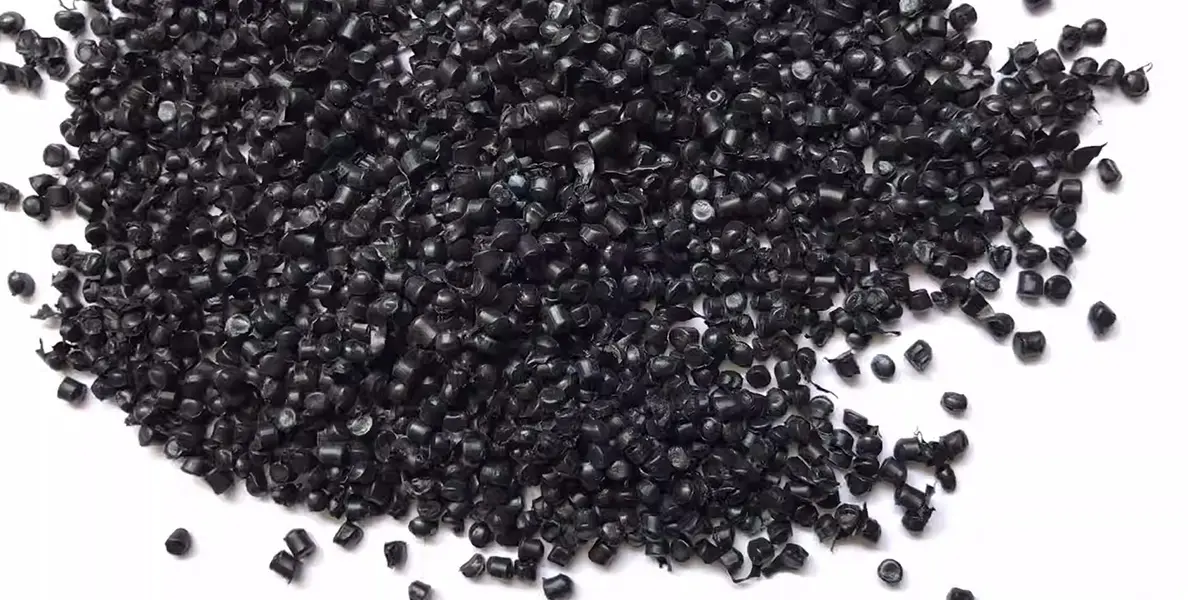
In this part, I’ll introduce you to what type of material TPR rubber is, and how TPR is molded in the manufacture of rubber.
Overview of TPR
Thermoplastic rubber is a rubber-like material. TPR is made from a block copolymer which combines the characteristics of rubber and thermoplastic properties.
It is known for its versatility and durability. It is a type of synthetic rubber that can be easily molded and reshaped when heated, making it suitable for a wide range of applications.
How to make it?
From Compression Molding
To make thermoplastic rubber, a process called compression molding is commonly used.
This involves heating a mixture of rubber and plastic materials in thermoplastic processing equipment like blow molding until they become soft and pliable.
The softened material is then placed into a mold and compressed with high pressure to shape it into the desired form.
Once the material has cooled and hardened, it retains its flexibility and durability while also being customizable in terms of color, texture, and hardness.
From Injection Molding
Another method of making thermoplastic rubber is through injection molding. In this process, the material is heated until it becomes liquid and then injected into a mold under high pressure.
The mold is then cooled, and the material solidifies into the desired shape. Injection molding allows for more intricate designs and faster production speeds compared to compression molding.
Physical Properties of TPR
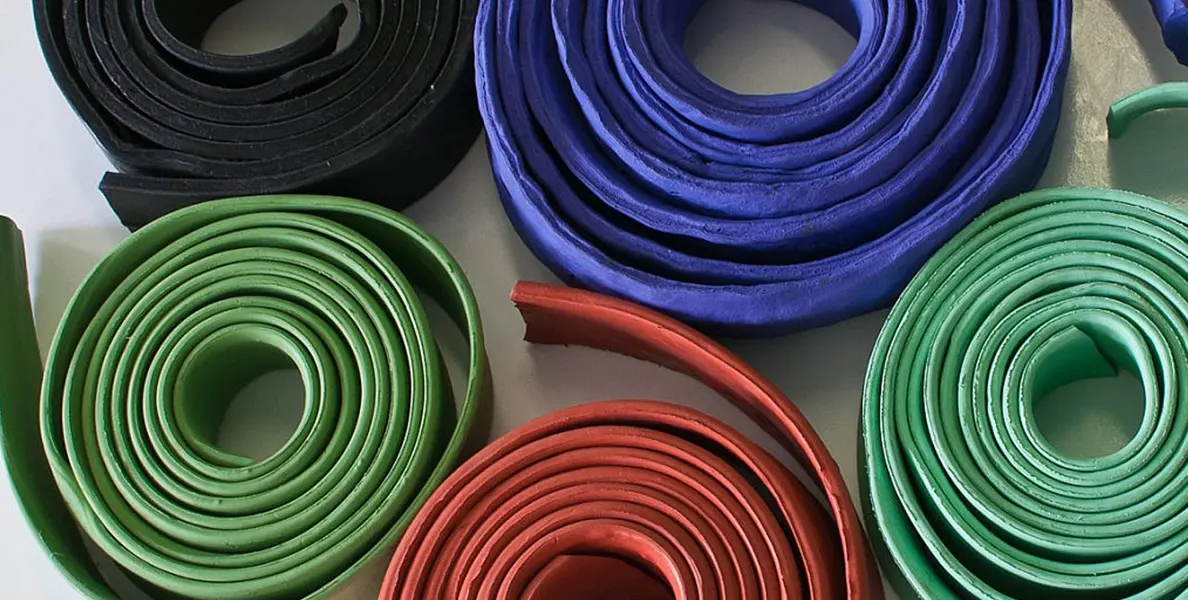
In this part, I’ll introduce TPR’s several key properties and how these properties affect rubber products.
Flexibility and Elasticity
The main property of rubber is its flexibility, which allows it to bend without breaking.
This flexibility makes TPR a great choice for products that need to withstand repeated bending or twisting without losing their shape or integrity.
This thermoplastic material also has excellent elastic properties. This means that TPR can stretch and return to its original shape without permanent deformation, making it resilient and durable.
Durability and Resistance to Abrasion
TPR is known for its ability to withstand wear and tear, making it a popular choice for a wide range of applications.
Whether used in automotive parts, industrial components, or consumer products, TPR offers long-lasting performance due to its durability.
Its abrasion resistance ensures that TPR products maintain their integrity even in harsh environments or heavy use.
Weather Resistance
weather ability makes it ideal for outdoor applications where exposure to sunlight and moisture is a concern.
This resistance to weathering helps TPR maintain its structural integrity and flexibility over time, even when subjected to harsh environmental conditions.
Thermal Stability
Another important property of TPR is its thermal stability. TPR can withstand a wide range of temperatures without losing its shape or mechanical properties.
This makes it suitable for use in hot and cold environments without the risk of deformation or failure.
Chemical Resistance
TPexhibitso exhibits good chemical resistance, making it resistant to oils, greases, and other chemicals commonly found in industrial settings.
This chemical property ensures that TPR products remain durable and reliable in challenging environments where exposure to chemicals is a concern.
Color Stability
TPR is also known for its color stability, meaning that it can retain its appearance and color over time, even when exposed to UV radiation or other sources of light.
This property makes TPR an excellent choice for applications where aesthetics and color consistency are important.
| Property | Suited Application Scenario |
| Flexibility |
|
| Elasticity |
|
| Durability |
|
| Abrasion Resistance |
|
| Weatherability |
|
| Thermal Stability |
|
| Chemical Resistance |
|
| Color Stability |
|
Comparison of TPR with other materials
After understanding the range of different performance properties of TPR, let’s see some direct comparisons with other polymers and elastomers to understand the strengths and weaknesses of each material.
TPR vs. Thermoset Rubber
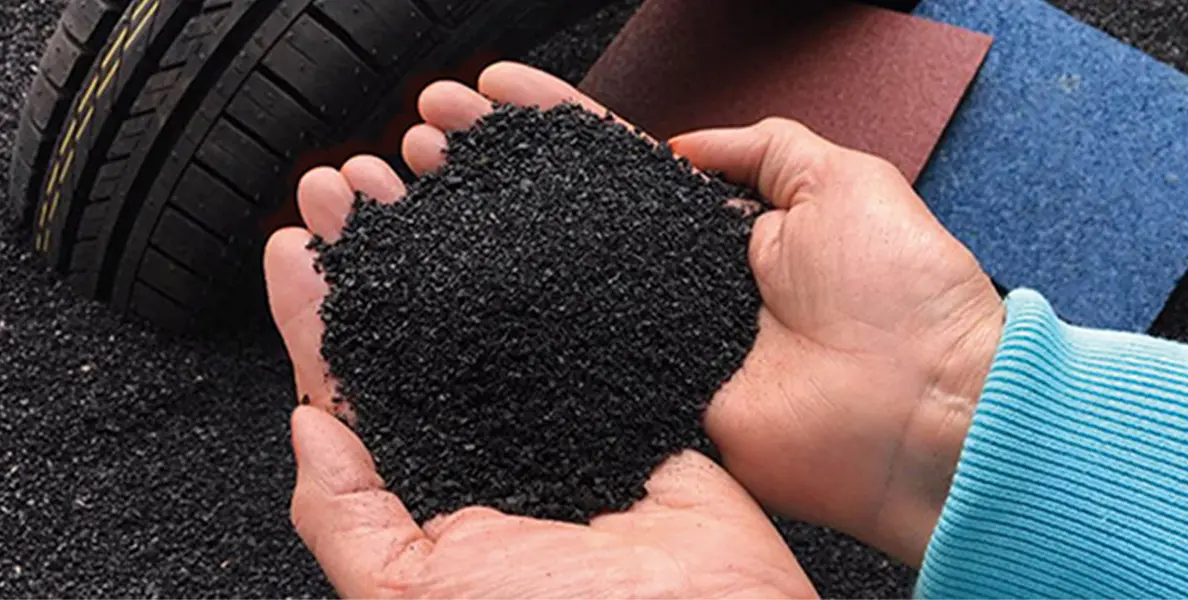
Thermoplastic rubber has both plastic and rubber characteristics, which is versatile and suitable for a wide range of applications.
In contrast, thermoset rubber is a type of rubber that undergoes a chemical change when cured, making it more rigid and less flexible.
One of the key differences between them is their ability to be recycled. The former is a thermoplastic polymer that can be melted down and reformed multiple times without degrading its properties.
On the other hand, the latter cannot be easily recycled due to its irreversible curing process.
In terms of cost, TPR is generally more affordable because of its production process and recyclability. However, thermoset rubber may be preferable in certain applications that require higher durability and heat resistance.
| Material/ Attribution | TPR | Thermoset Rubber |
| Qualities | Has both plastic and rubber characteristics | A type of rubber that undergoes a chemical change when cured |
| Flexibility | Better | More Rigid |
| Recyclable | Can be easily recycled | Can’t be easily recycled |
| Cost | Cheaper | More expensive |
Compare With PVC(Polyvinyl Chloride)
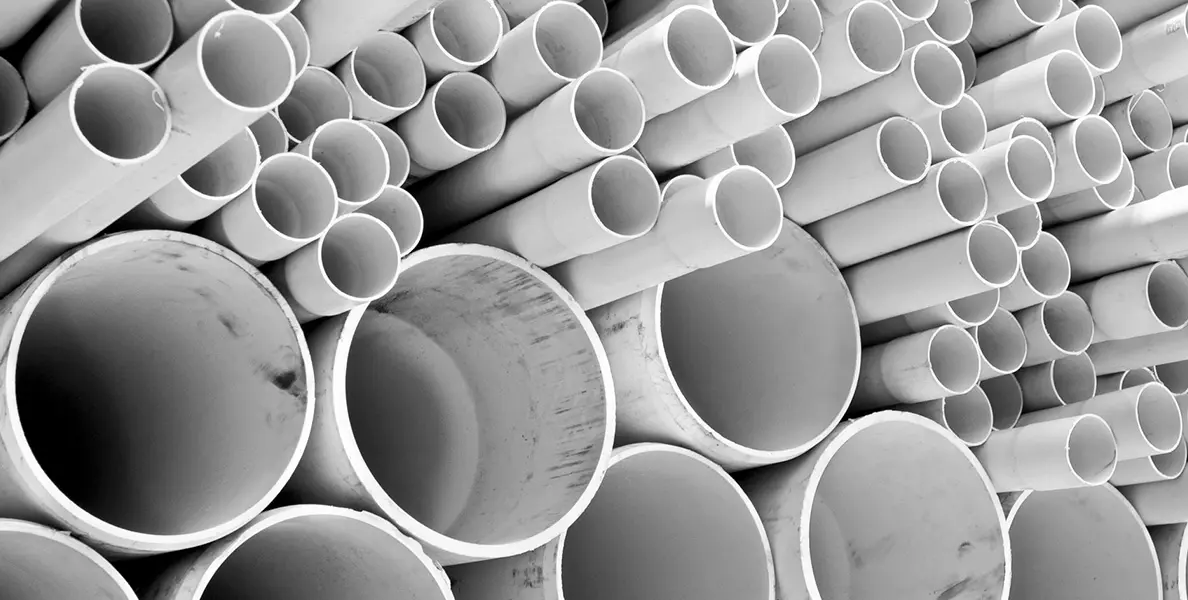
One major difference is in their flexibility. TPR is known for its flexibility and stretchiness, making it a popular choice for shoe soles and rubber bands.
On the other hand, PVC is a more rigid material that is often used in applications where durability and stiffness are important, such as in construction materials or plumbing pipes.
Another key difference is their chemical composition. TPR is a blend of natural rubber material and plastic, giving it the softness and flexibility that it is known for.
In contrast, PVC is a synthetic plastic polymer that is known for its durability and resistance to chemicals and weathering. This difference in chemical composition can impact the performance and longevity of products made from these materials.
In terms of cost, the former is generally more expensive due to its higher manufacturing costs. However, its flexibility and durability may be worth the investment in certain applications.
| Material/ Attribution | TPR | PVC |
| Flexibility | Excellent | More rigid |
| Chemical Composition | Worse | Better |
| Cost | More Expensive | Cheaper |
| Regular Product | Shoe soles and rubber bands | Construction materials or plumbing pipes |
Between Silicone
![]()
Thermoplastic rubber is known for its flexibility and durability. It is often used in the production of toys, household items, and even medical devices.
On the other hand, silicone is also a popular material known for its softness, hypoallergenic properties, and heat resistance.
One key difference is their level of flexibility. TPR tends to be more flexible, making it ideal for items that require a greater range of motion or stretchability.
On the other hand, silicone is known for maintaining its shape and structure better over time, making it a preferred choice for items that require a more rigid design.
Another factor to consider when comparing these materials is their durability. TPR is typically more resistant to wear and tear, making it a preferred choice for items that undergo frequent use or rough handling.
However, silicone is known for its longevity and resistance to high temperatures, making it a better choice for items that require heat resistance.
| Material/ Attribution | TPR | Silicone |
| Advantages |
|
|
| Flexibility | More Flexible | Better in maintaining shape and structure over time |
| Durability | More resistant to wear and tear | Longevity and resistance to high temperatures |
| Suited Application Scenario |
|
|
Compared with EPDM(Ethylene Propylene Diene Monomer)
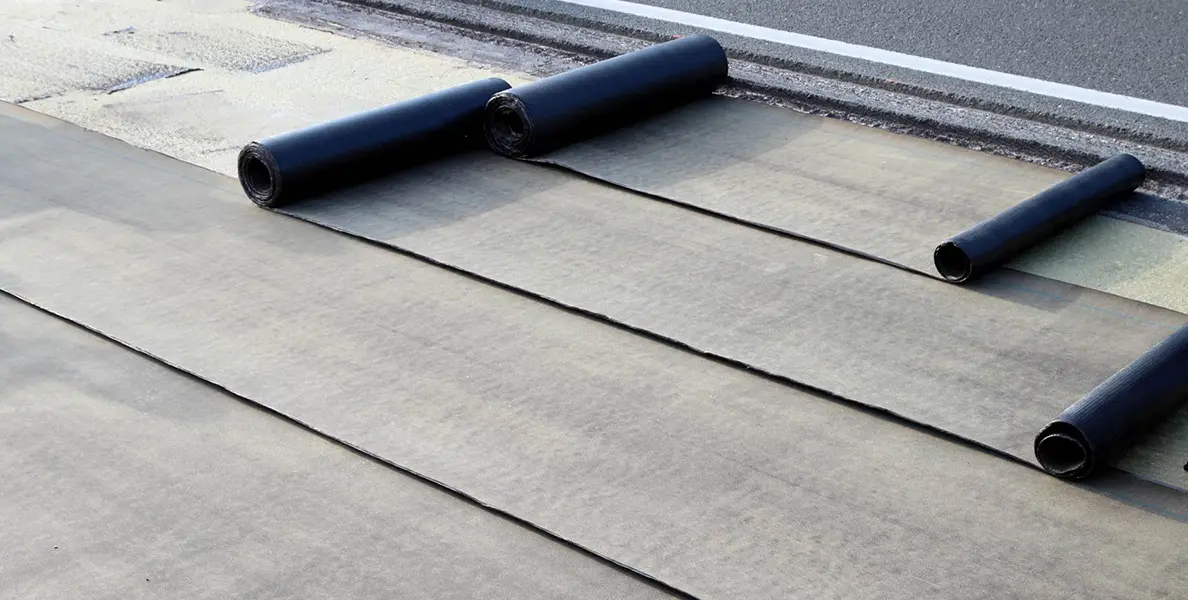
Thermoplastic rubber is known for its flexibility, durability, and resistance to abrasion, making it an ideal choice for products that require a soft yet tough material.
On the other hand, EPDM (ethylene propylene diene monomer) is valued for its excellent weather resistance and ozone resistance, making it suitable for outdoor applications where exposure to harsh environmental conditions is a concern.
The key difference between these two is their compression set properties. EPDM typically has a lower compression set, meaning it can maintain its shape and elasticity over time better.
This makes EPDM a preferred material for sealing applications where maintaining a tight seal is crucial.
| Material/ Attribution | TPR | EPDM |
| Suited Field |
|
|
| Compression Set Properties | Higher | Lower |
| Maintain Shape and Elasticity | Worse | Better |
Applications of TPR Material
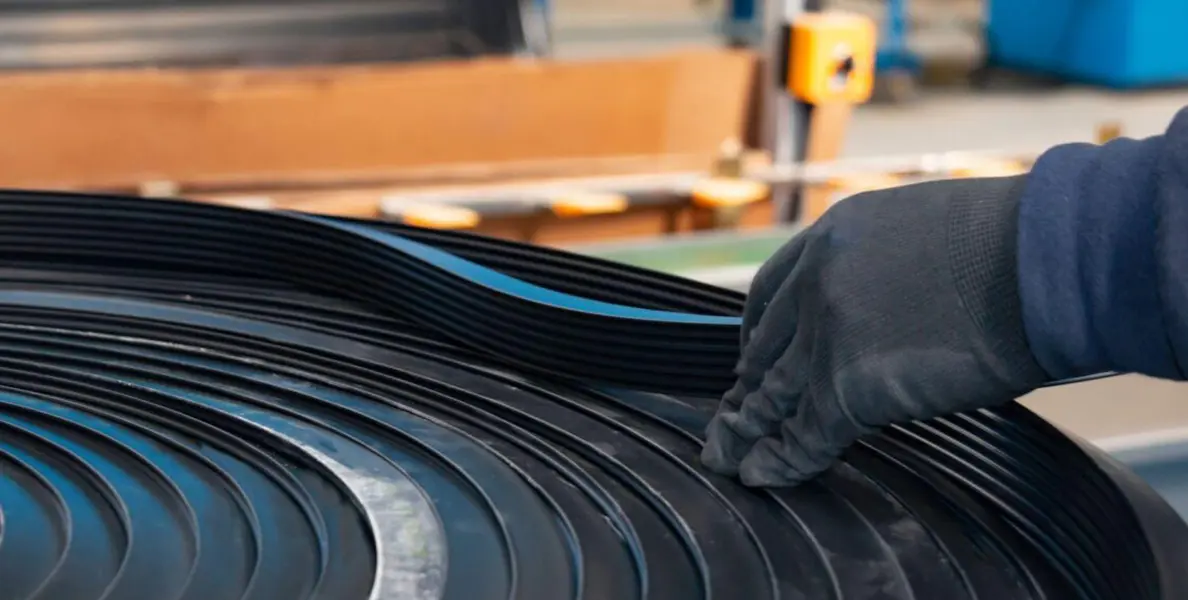
TPR material continues to be a go-to choice for manufacturers looking for a durable and versatile material for a wide range of applications across multiple industries. In this part, I’ll analyze its use and show you some related rubber parts.
In Automotive Industry
In the automotive industry, it is commonly used for manufacturing vehicle components such as seals, gaskets, and weather stripping due to its durability and resistance to extreme temperatures.
Consumer Goods
In the consumer goods sector, it is often found in products like kitchen gadgets, tool handles, and furniture due to its soft, rubber-like texture and ability to be molded into different shapes.
Medical Devices
It is also widely used in the manufacturing of medical devices, where its flexibility and non-toxic properties make it ideal for applications such as medical tubing and surgical instruments.
Electronics
In the electronics industry, TPR is often used as a protective covering for cables and wires, providing insulation and shock absorption.
Sporting Goods
Additionally, it is extensively utilized in the production of sporting goods such as bike grips, golf club handles, and exercise equipment due to its cushioning properties and ability to provide a firm grip.
| Application Field | Utilized Properties | Productions |
| Automotive |
|
|
| Consumer Goods |
|
|
| Medical Device |
|
|
| Electronics |
|
|
| Sporting Good |
|
|
Conclusion
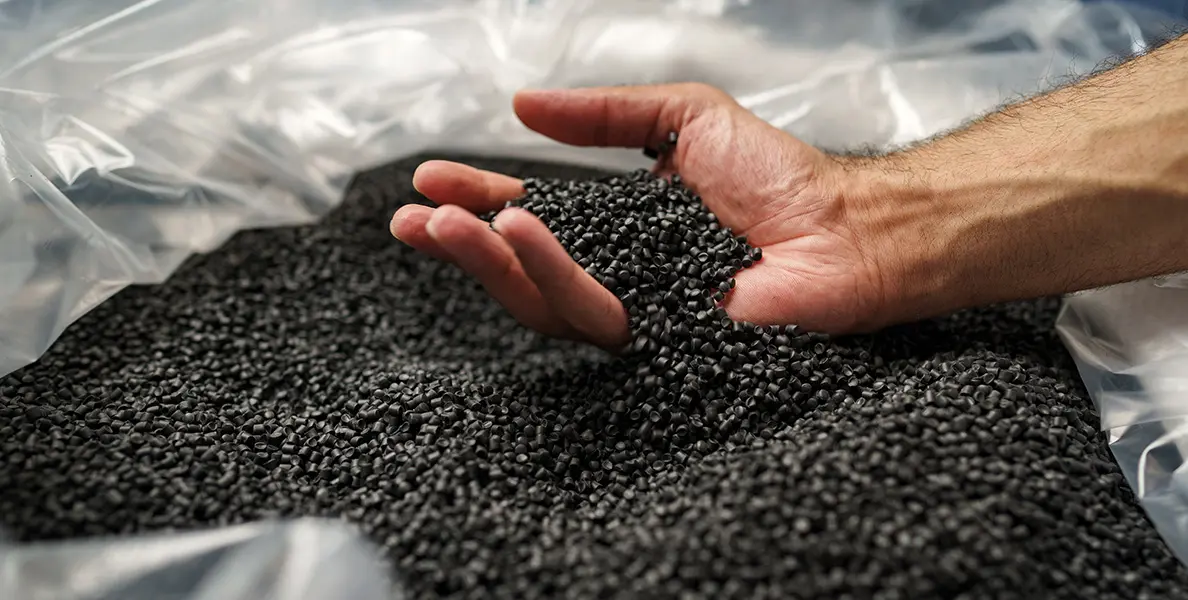
In conclusion, thermoplastic rubber is a polymer material that combines the properties of rubber and thermoplastic.
It can be produced by a variety of methods, has many different properties, and also has a wealth of applications in several fields.
However, it should be noted that it is also a material with obvious advantages and disadvantages, and it is necessary to decide whether or not to use it according to the actual needs when choosing specific materials.
How Should I Make the Right Material Selection?
The easiest way is to leave the material choice to XMAKE. As a leading digital manufacturing platform, we have rich experience in dealing with many kinds of materials. Whether it’s vulcanized rubber, styrene, thermoplastic polyurethane, or butadiene, we can handle it and make great parts.
FAQS
Q1: How is TPR different from rubber latex?
A: TPR is a recyclable material with rubber-like properties, whereas rubber latex is a natural rubber sap obtained from rubber trees.
Q2: What are some unique properties of TPR?
A: TPR provides a wide range of characteristics, making it a versatile material for various applications such as hose manufacturing and rubber shoe soles.
Q3: What are the advantages of using TPR over traditional rubber?
A: Thermoplastic rubber became popular due to its ability to be molded over a more rigid surface, providing the flexibility of rubber with the convenience of thermoplastics.
Q4: What are the characteristics of rubber and plastic exhibited in TPR?
A: TPR combines the flexibility and elasticity of rubber with the moldability and recyclability of plastic, making it a preferred material for various applications.
References
- Advantages of thermoplastic rubber and its main classifications. (n.d.). https://www.4006787252.com/article_read_215208.html
- Advantages and disadvantages of tpr thermoplastic rubber (tpr and better rubber material)_LIEN INDUSTRY. (n.d.). https://www.linncn.com/1341.html
- Development Status and Prospect of High-Performance Synthetic Rubber Materials in China. (n.d.). https://www.engineering.org.cn/ch/article/28694/detail


